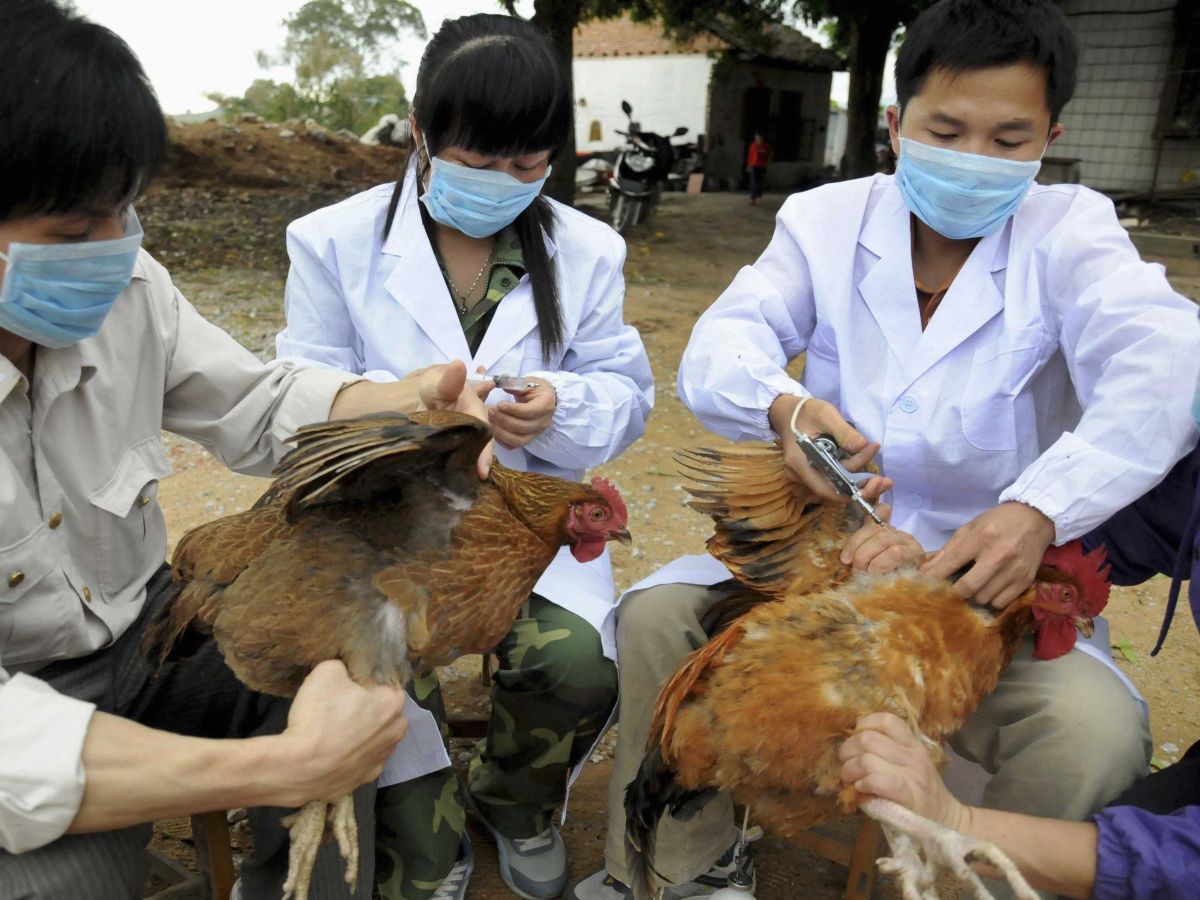
China is set to ban imports of poultry from countries where reports of bird flu outbreaks have been reported, according to the agency that oversees safety of the country's imports.
China has already banned poultry imports from more than 60 countries.
South Korea have ordered the biggest-ever cull of chickens, gassing millions of birds to fight a bird flu outbreak. About 20 million birds, nearly a quarter of South Korea's poultry stock, have been culled.
Since the disease was declared in Lincolnshire on the 16 December, the UK government has now confirmed all 2,500 birds at the farm have been destroyed, the farm has been disinfected and there have been no subsequent cases reported, though restrictions around the site remain in place.
Because of this, a temporary suspension on gatherings of some species of birds will apply across England, Scotland and Wales following the bird flu case at the farm in Lincolnshire.
The spread of bird flu across Europe
Reports of Avian Influenza H5N8 outbreaks in wild birds and poultry in Germany, Austria, Croatia, Denmark, Hungary, Netherlands, Poland and Switzerland have resulted in the risk level for Avian Influenza incursion to the UK via wild birds being raised from “Low” to ‘Medium’.
On 14 December, Dutch authorities ordered a cull of 63,000 broiler hens on after bird flu was identified at a poultry farm in the northern province of Friesland, the country's fourth outbreak so far this winter.
On 3 December, a new case of high risk bird flu was found in southern France prompting a 7000 duck cull.
On 25 November, Swedish authorities decided to cull at least 37,000 poultry after a highly contagious bird flu outbreak was confirmed on a farm in southern Sweden – but the figure may rise.
On 24 November, a case of high risk H5N8 bird flu was confirmed in the German state of Lower Saxony and about 16,000 turkeys have been culled, authorities say.
And on 18 November, following the discovery of cases of highly pathogenic avian influenza H5N8 in several European countries, France decided to raise the level of risk of disease from "negligible" to "moderate".
